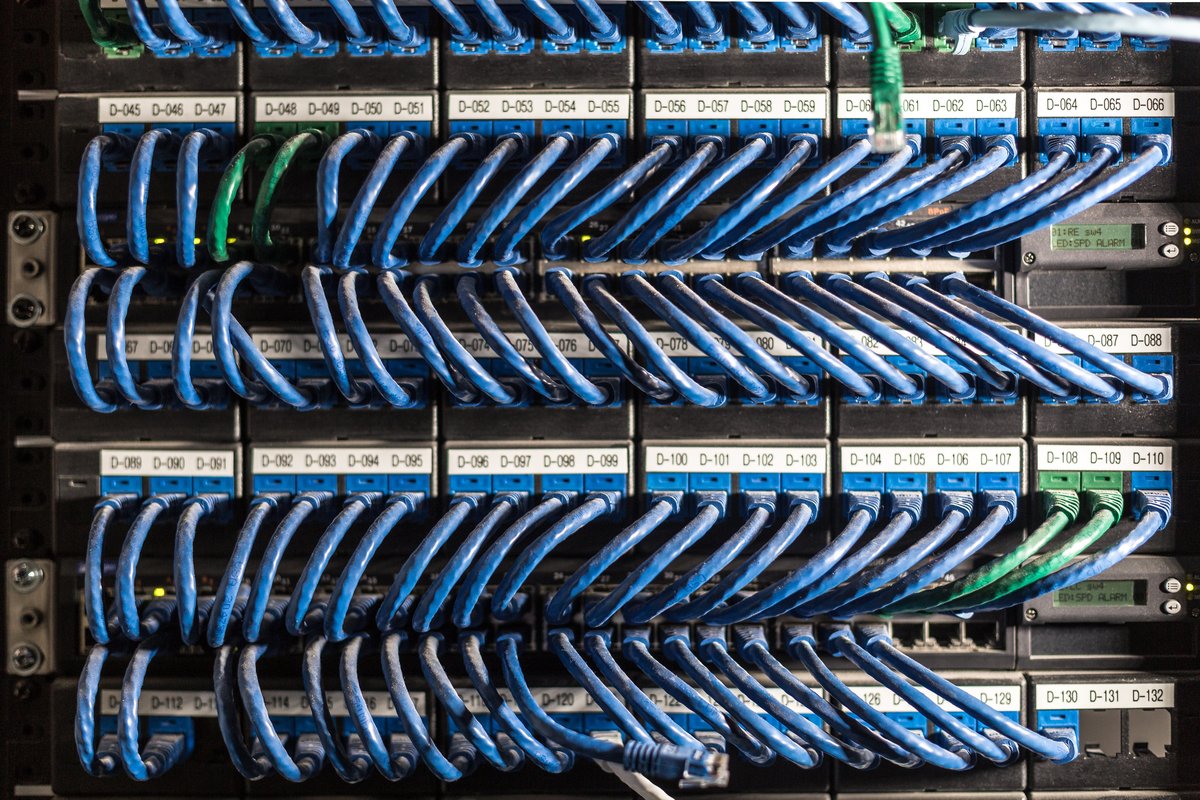
WHAT IS 5G AND WHEN WILL IT ARRIVE IN THE UK?
22 Jan 2019
Published in: Industry Articles
Have you got any questions regarding 5G? In this article we cover everything you need to know about 5G, from what it is, to how it works, when it will arrive and why you should care.
You might have heard the term 5G being bandied about more lately and be wondering what it is and what it means for you.
|
Network type |
Download speeds |
Time to download a full HD film |
|
3G |
384Kbps |
Over a day |
|
4G |
100Mbps |
Over 7 minutes |
|
4G+ |
300Mbps |
2.5 minutes |
|
5G |
1-10Gbps (theoretical) |
4-40 seconds |
|
Network Type |
Milliseconds (ms) |
|
3G Network |
120ms (actual) |
|
4G Network |
45ms (actual) |
|
5G Network |
1ms (theoretical) |
All of this should add up to you having a fast, stable connection wherever you are and whatever you’re doing on your phone. There’s more too. Further, 5G will also have greater capacity, meaning the networks will be able to cope better with many high-demand applications all at once – from connected cars and IoT (Internet of Things) devices to virtual reality experiences and simultaneous HD video streaming.
Real-world examples/impacts
For starters, you’ll be able to download films and games in seconds and watch them without any buffering. We’re also likely to see new applications using virtual and augmented reality. For example, you might see satellite navigation projected onto your car windscreen, or targeted adverts projected onto windows.
We’ll likely also see even more IoT devices such as phones, fridges and lights all connecting to one another. The Internet of Things is starting to take off anyway, but with the speed and capacity delivered by 5G we might one day see almost every device become ‘smart’ and connected.
However, network operators claim that 5G isn’t simply another network upgrade but represents a “revolution” that could enable applications and services which benefit society.
For instance, experts say that 5G is fundamental to autonomous cars because they will need a constant, guaranteed connection. Similarly, we might start seeing drones delivering our goods. 5G will be essential for other ‘critical’ scenarios too, such as remote surgery, with doctors controlling medical robots from across the world, and automated factories.
Industrial equipment could also be controlled remotely, increasing worker safety, and holographic video could become a reality, allowing for 3D medical imaging and more.
O2 has recently forecast that 5G will save us significant amounts of time, including £6 billion a year in productivity savings in the UK. The report finds that 5G-enabled tools such as smart fridges, smart grids and electric autonomous vehicles will save householders £450 a year through lower food, council and fuel bills.
Optimised services, driven by the likes of smart bins and intelligent lighting, could save councils £2.8 billion a year too. Further, the analysis suggests that because 5G will enable wider use of remote health services, the NHS will see 1.1 million GP hours a year freed up.
Qualcomm estimates that by 2035, 5G will support the production of up to £8.5 trillion worth of goods and services.
The truth is we don’t know everything that 5G will deliver yet. Because it is set to be such a revolutionary technology, it is likely to be used to create services and applications we haven’t even imagined yet.
How does it work?
First, the basics. When you ring someone, your voice is converted by your phone into an electrical signal that is transmitted to the closest cell tower via radio wave. It passes through a network of cell towers before the call arrives at the other person’s phone. The same thing applies to other data such as photos and videos.
Wireless communications carry over the air via radio frequency – spectrum. 5G will use new, higher radio frequencies because they are less cluttered and they carry information much faster.
Although higher bands are faster they don’t carry information as far so 5G will see a lot more, smaller multiple input and output (MIMO) antennas to boost signals and capacity. Estimates suggest that this means 5G will support up to 1,000 more devices per metre than 4G.
Another change with 5G is that operators will be able to ‘slice’ a physical network into multiple virtual networks – they will be able to deliver the right slice of the network depending on how it is being used, and therefore manage their networks better. For example, an autonomous car has different network requirements to a simple IoT device.
Will I need a new phone?
Yes, you’ll need a 5G-capable phone to connect to 5G, and you’ll be able to get one pretty soon. Chip-maker Qualcomm announced recently that its Snapdragon X50 5G is being implemented by a number of phone makers for mobile device launches starting in 2019.
What are the challenges?
Beyond the technological challenges of ensuring the technology works as expected, there are other hurdles too that 5G players will need to overcome.
Spectrum
Spectrum availability is not limitless. The radio frequencies used for 3G and 4G are already crowded and as mentioned above, 5G will run on higher frequency bands to deliver the faster data speeds.
The spectrum for 5G needs to be allocated via an auction. This is set to take place soon. In addition, because of concerns about spectrum running out, the industry is challenged to come up with smarter ways to use what is available – for example, by making spectrum available on demand and only allocating the amount required for a particular task.
Making it pay
Network operators have already spent billions on 4G networks and until they have developed it, they don’t know what 5G will cost. They do know it will be expensive. If the telecommunications industry is to recoup its outlay on 5G, companies need to ensure the services will make them enough money.
Recent research from Ericsson found that consumers anticipate much faster speeds and better coverage from 5G. Thanks to the services 5G will enable, people will use a lot more data too. However, 13% expect their price plan to drop. Others won’t be willing to pay any more than they do now. It’s a dilemma for operators and even they admit they don’t have all the answers yet.
Finding the financial balance will involve operators trying out new business models and pushing into new areas where they deliver services as well as connectivity. These potential sectors include connected factories, autonomous cars, digital health and more.
The future is 5G
While there is a lot of activity around 5G, not everything is set in stone yet. Standards are evolving, tests are ongoing, and phones are in the making. As 2020 gets closer you’ll be hearing a lot more about 5G and how you can benefit from it. Watch this space.
This article was originally posted on 5G.co.uk By Sarah Wray
Worcestershire is playing its part in helping to drive the UK further up the global manufacturing...
What is the current funding environment for tech businesses in the UK, and what could the future...
The West Midlands region in the United Kingdom has been making significant strides in the tech...


